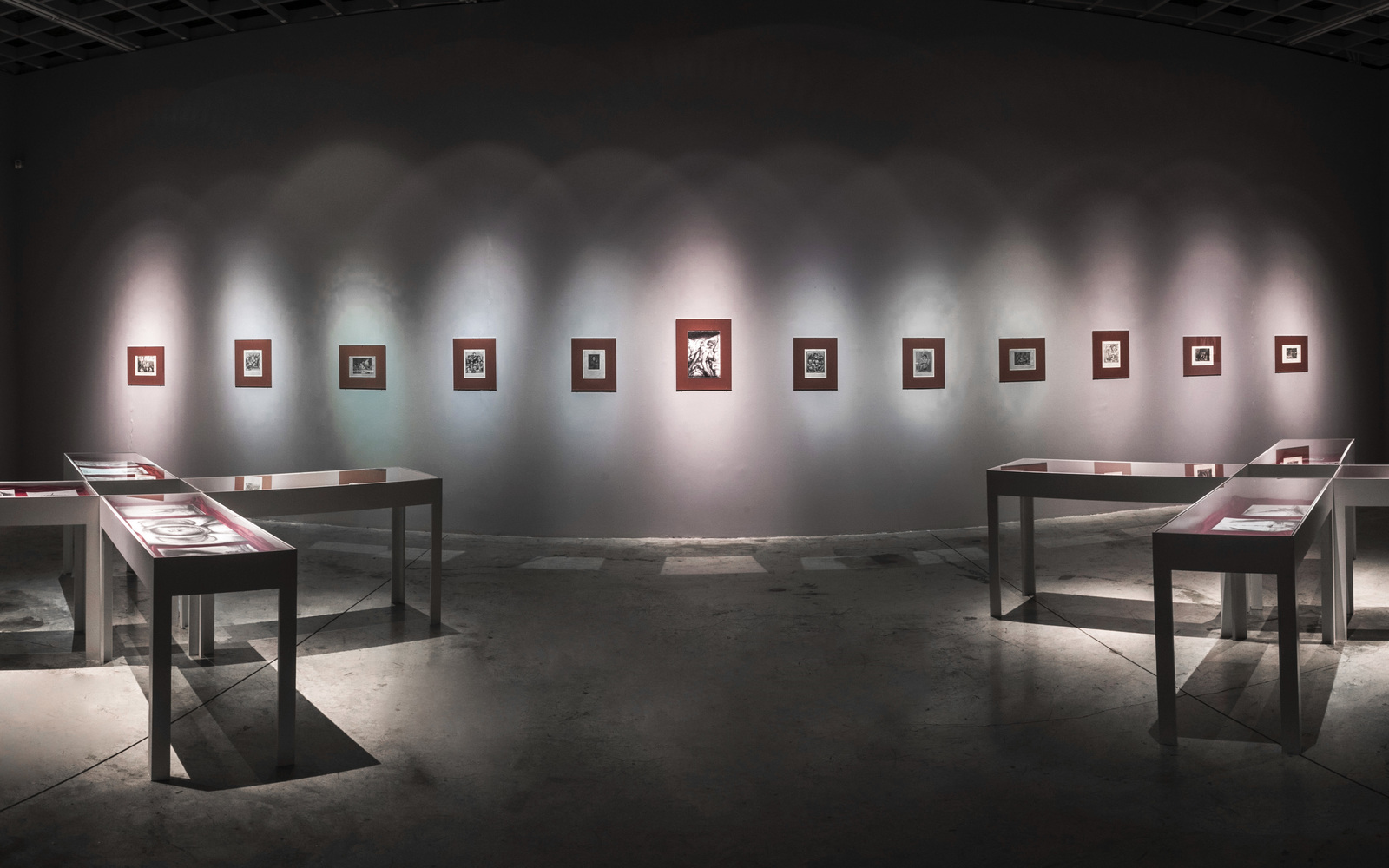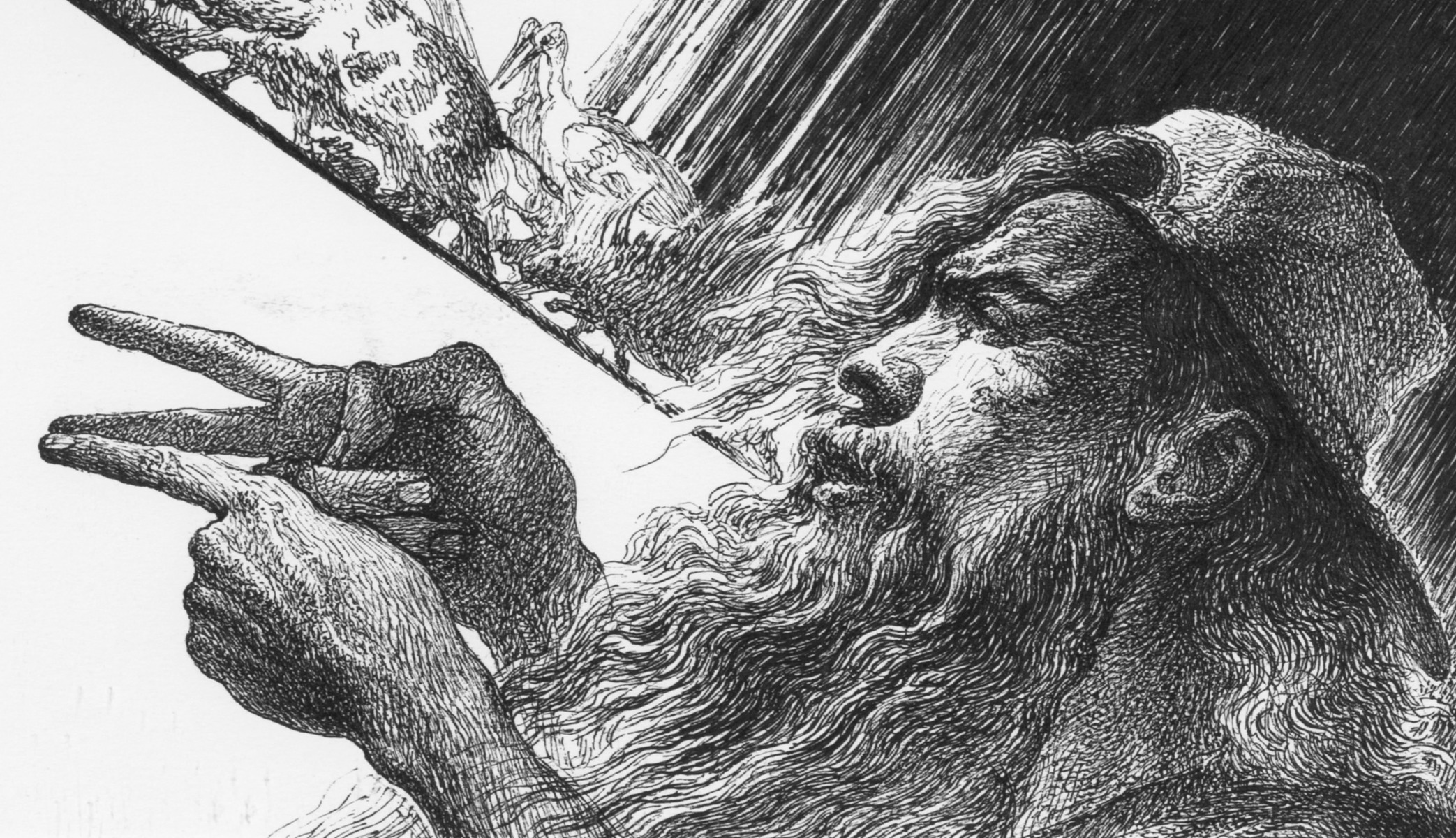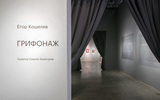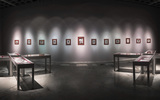


Curator: Sergey Khachaturov
October 25 – December 1
VLADEY Space
4th Syromyatnichesky lane 1/8, bld.9
From 11:00 a.m. to 10:00 p.m., seven days a week
The entrance is free
Gryphonage – an almost subconscious improvisation on paper, drawings akin to automatic writing. Since the time of Rembrandt, Italian Baroque caricaturists, and masters of French Rococo, such graphics have allowed for the creation of beautiful garlands of images. It helps the artist demonstrate the filigree changes of states, the capriccio of styles. Egor Koshelev is arguably the only master truly engaged in a dialogue with the most whimsical and intricate plots of ancient art. It is he who can reveal in these plots the intentions of the latest aesthetics of a cascade of changing images, from comics to NFT. At the exhibition at VLADEY Space gallery, Koshelev's graphic works enter into a dialogue with engravings by an artist of the Rococo period of the first half of the 18th century. The conversation will be conducted with the Englishman William Hogarth.
Hogarth was known as a troublemaker and eccentric. One of William Hogarth's engravings depicts an old man-Saturn (Time/Chronos). He leisurely smokes a pipe and blows smoke onto a darkening painting with an antique landscape. The scythe of Chronos-Saturn pierces the canvas in a completely barbaric manner. There is an urn with ashes next to the easel. The rugged old man-Chronos sits on a crumbling sculpture. Parts of it have decayed, and its face has turned into a skull. Unlike the future romantics who lived in the first half of the 18th century, Hogarth did not have reverence for the work of Time and ruins. "Time is not a great artist. It weakens everything it touches," Hogarth wrote in Greek on the upper board of the painting's frame. The Englishman did not deify ancient painting, darkened by the smoke of Time's pipe. He believed that fetishizing antiquity itself multiplies prejudices towards true beauty. He advocated learning from Nature and trusting oneself rather than relying on intoxicated authorities.
In 1753, in London, Hogarth published a treatise called "The Analysis of Beauty." In it, he formulated a universal law of beauty in the form of a general plastic idea: a serpentine line, resembling the symbol of the Ouroboros, enclosed within a transparent pyramid. Essentially, Hogarth discovered a key concept that is now understood as a precursor to the so-called generative art. In his treatise, he draws connections between everything and imposes the serpentine line on various concepts and forms, from the dance of the country dance to the rags of a beggar. In generative art, algorithms generate thousands of variations of images, guided by the limitations programmed into the system. Hogarth applied his crystal with the serpentine line to all objects in order to test their artistic validity.
In his graphics, Egor Koshelev seems to embrace the idea of connecting everything to everything else through the law of infinite variation, yet still adhering to the principles of strict artistic discipline. His gryphonage consists of flexible arabesques and grotesques, in which world culture blossoms within each other, akin to the ever-changing visions woven according to the recipes of Hogarth's sinuous "line of beauty." However, Egor Koshelev introduces a new emotion that the anti-romantic Hogarth was not familiar with. It is MELANCHOLY - a reverence for the very same old man with wings and a scythe, Chronos, whom the enlightenment-minded Englishman mocked in his engravings.
Hogarth loved the grotesque and eccentric and skillfully utilized them to create his pantomimic theater of daily life and morals. He had a remarkable ability to amuse the viewer with formal curiosities and logic glitches. He integrated these deformations into virtuosic arrangements of compositions, a cascade of those very flexible lines that became the formula for his aesthetic judgments. The heightened parody of Hogarth's work, noted by researcher Mikhail Herman, can be likened to the antics of a carnival barker, where sharp social commentary blends with timeless wisdom. Hogarth had a love for the theater and was friends with the English stage reformer David Garrick. He immortalized Garrick in his paintings and graphics.
In the art of William Hogarth, there was not the same realization of the general tragic nature of life with the theater of contorted infernal marionettes that Goya would later uncover in his phantasmagorias. Hogarth was a rational optimist and, in line with the ideas of the Enlightenment, believed that his satires and parodies would contribute to the creation of an ideal project of life, in which the serpentine line, soldered into a transparent pyramid, would serve as a universal key.
Egor Koshelev combines the generous parodic optimism of Hogarth with the deep romantic pessimism of Goya. His Chronos-Time doesn't just engage in petty vandalism, smoking on paintings and perching on cultural heritage objects. Time brings life to strange metamorphoses, where art images, known memes, become raw material for the processes of some unknown force. Van Gogh's sunflowers sprout with parasitic thistles. The Ostankino Tower becomes a relic of a vanished civilization, alongside the skulls of fossilized monstrous beings of colossal size. The clouds of smoke are not emitted from Saturn's pipe. They dissolve into the form of a vapor of an invisible person in a romantic grand dress, holding a sculpted portrait of Michelangelo in hand and a lemur leaping across the paintings. Time, with its ruins, becomes the ultimate ruler of this world, and its power is boundless. Hogarth's program of generative art, with its universal algorithm applied to all images of world culture, malfunctions. And this is a blessing. Therefore, the nervous, lonely, absent-minded humanist can live as they please, as long as they have the chance and the right to indulge in the whims of non-programmed order.
Curated by Sergey Khachaturov.




К сожалению, браузер, которым вы пользуйтесь, устарел и не позволяет корректно отображать сайт. Пожалуйста, установите любой из современных браузеров, например:
Google Chrome Firefox Opera